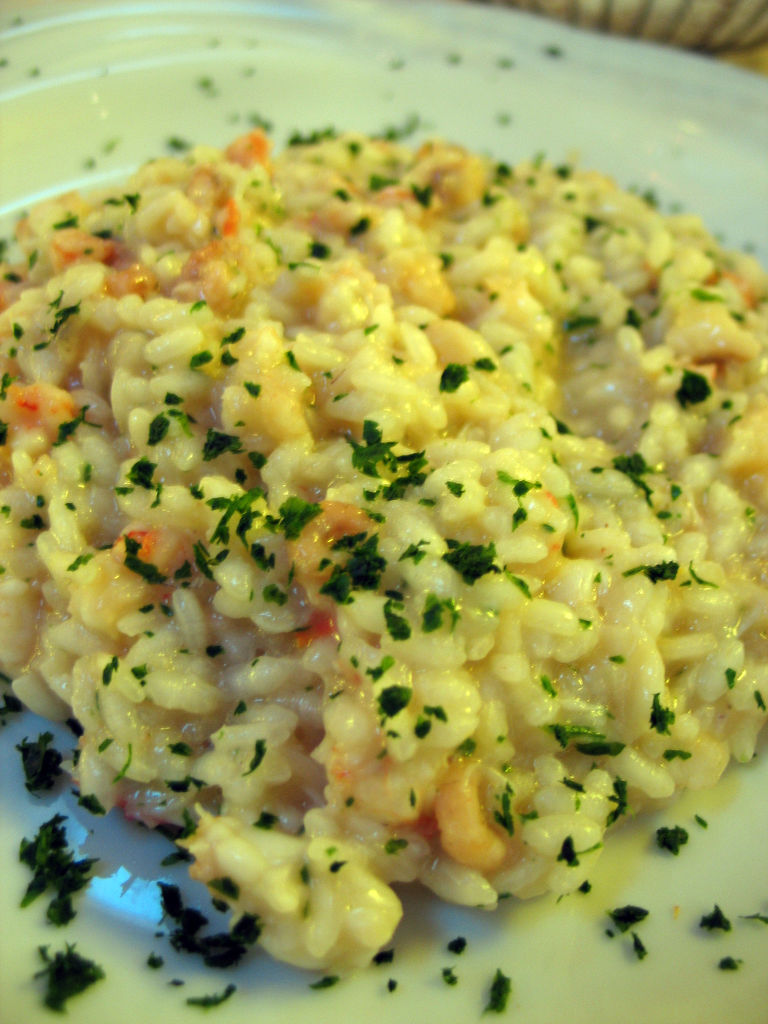In many parts of Africa, carnivores such as lions and wild dogs still come into frequent conflict with pastoralist communities such as the Maasai because of their attacks on their cattle and goats. This naturally results in a tension between the aims – and indeed the practitioners – of wildlife conservation and of rural development that does no good to either camp. So it is interesting to read of a study which looked at how to foster co-existence between people, domesticated animals, and large predators. The paper identifies improvements to traditional livestock management, as well as other measures, that can contribute to wild carnivore conservation by minimizing the risk to livestock.
EU puts Trust in Sheep
A new Consortium to study heritage sheep breeds across Europe got off the ground recently with a meeting in Yorkshire, England. The meeting came at the end of a project set up by the European Union, although I confess I have found it very difficult to find out more. Help, if you can.
Heritage breeds are not necessarily rare, but they are often geographically isolated and that can put them at risk. After the most recent outbreak of foot and mouth disease in England man thousand Herdwicks were dead in England, and blue tongue threatened the Mergelland sheep of the Netherlands. The project will study threats and how to conserve and make use of sheep breeds. According to Amanda Carson, of the Sheep Trust, who is leading the new European consortium, “the information we gather will also inform policy-makers, nationally and at European level, about the best way to look after our farm animal genetic resourcesâ€.
Durum wheat erosion
If there’s a dominant meta-narrative in agricultural biodiversity circles it is that modern breeding programmes relentlessly decrease the genetic diversity of crops, increasing yields and quality but also, as new varieties displace landraces and older varieties in farmers’ fields, depleting the very resource on which they are dependent for continued success. But actually there’s not really that much in the way of hard figures on this process. So a recent paper on what breeding has done to diversity in Italian durum wheat is very much to be welcomed.
The researchers used molecular and biochemical markers to compare genetic diversity among five different groups of durum varieties, ranging from landraces from before 1915, to pure lines derived from landraces in the 30s, to genotypes selected from crosses between local material and CIMMYT lines in the 70s. In general, there was indeed a narrowing of the genetic diversity within these groups over time. In fact, the degree of narrowing was probably underestimated, because only a relatively few of the pre-1915 landraces were still available for analysis. Conserving what is left is all the more important.
Rice in Italy
 No, not Condy Rice seeing the sights: rice the crop, and its future in Italy. It may surprise some people that rice is grown in Italy, but it has a long history of cultivation in the Po Valley, and an important place in the local cuisine, as anyone who has eaten risotto will testify. Unfortunately, the ongoing drought in the region is causing severe problems for thousands of rice farmers (among others) in the Val Padana. Some people are saying that’s the shape of things to come, with climate change and all. But here’s an interesting juxtaposition of news: it’s been announced that the Slow Food Foundation for Diversity, based in Tuscany, is to start marketing in Europe a traditional, organically grown, Filipino rice known as “unoy.” Isn’t globalization wonderful?
No, not Condy Rice seeing the sights: rice the crop, and its future in Italy. It may surprise some people that rice is grown in Italy, but it has a long history of cultivation in the Po Valley, and an important place in the local cuisine, as anyone who has eaten risotto will testify. Unfortunately, the ongoing drought in the region is causing severe problems for thousands of rice farmers (among others) in the Val Padana. Some people are saying that’s the shape of things to come, with climate change and all. But here’s an interesting juxtaposition of news: it’s been announced that the Slow Food Foundation for Diversity, based in Tuscany, is to start marketing in Europe a traditional, organically grown, Filipino rice known as “unoy.” Isn’t globalization wonderful?
Photo from ciordia9 on Flickr provided under a Creative Commons license.
Organic bees not collapsing as quickly?
On Gristmill, a brief answer to the question “are organically managed bees faring any better” in the current outbreak of Colony Collapse Disease. My summary: maybe.